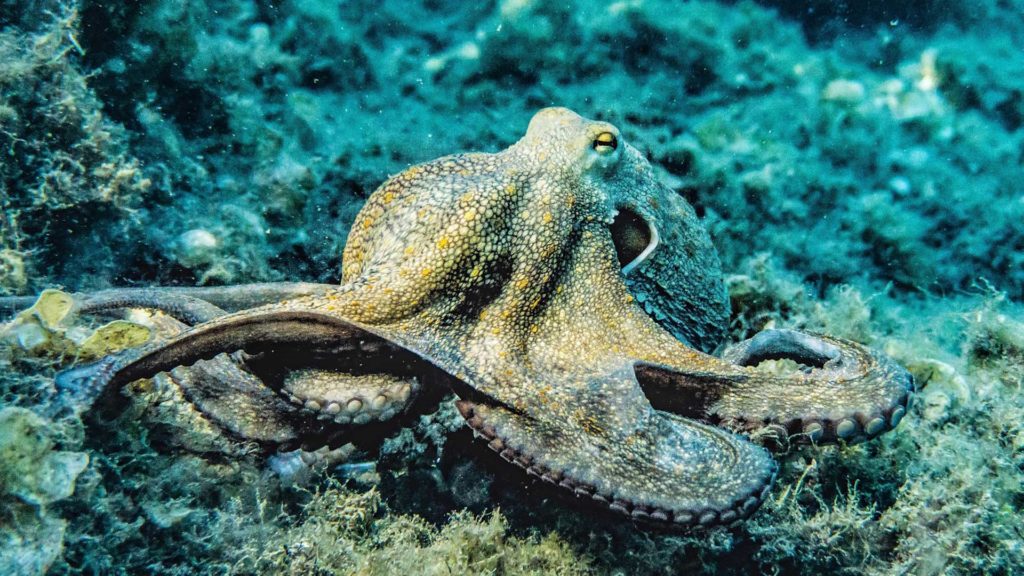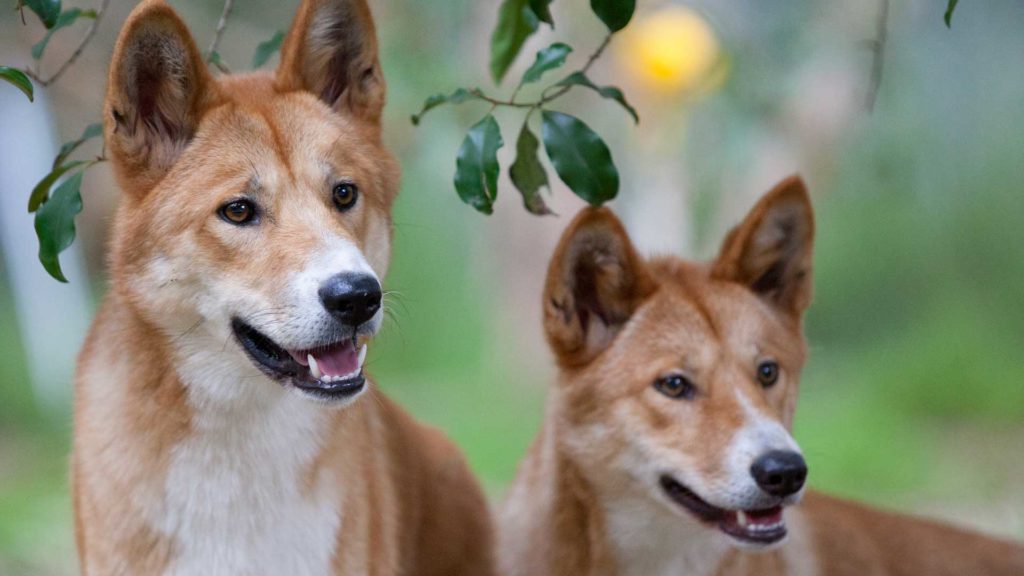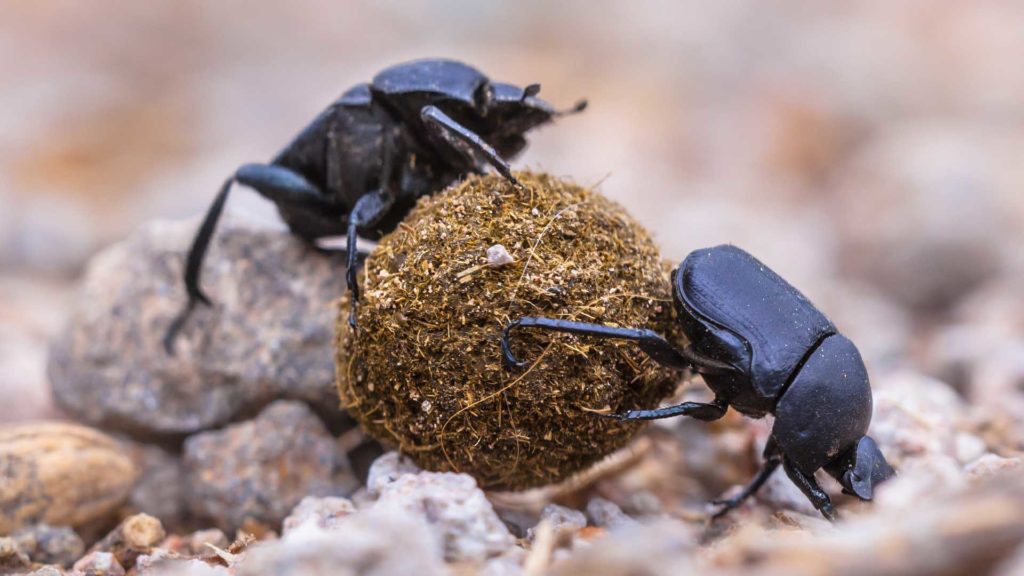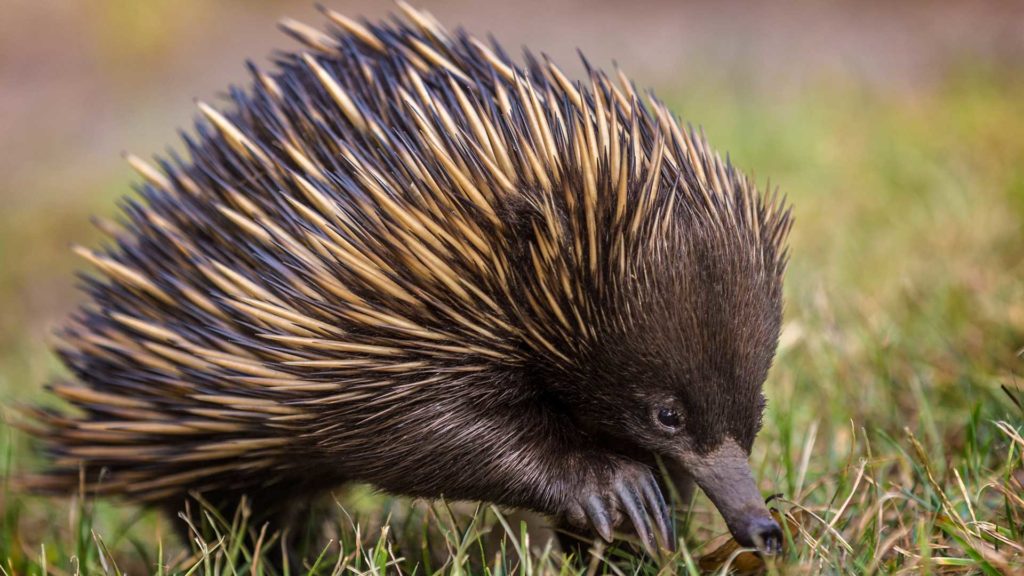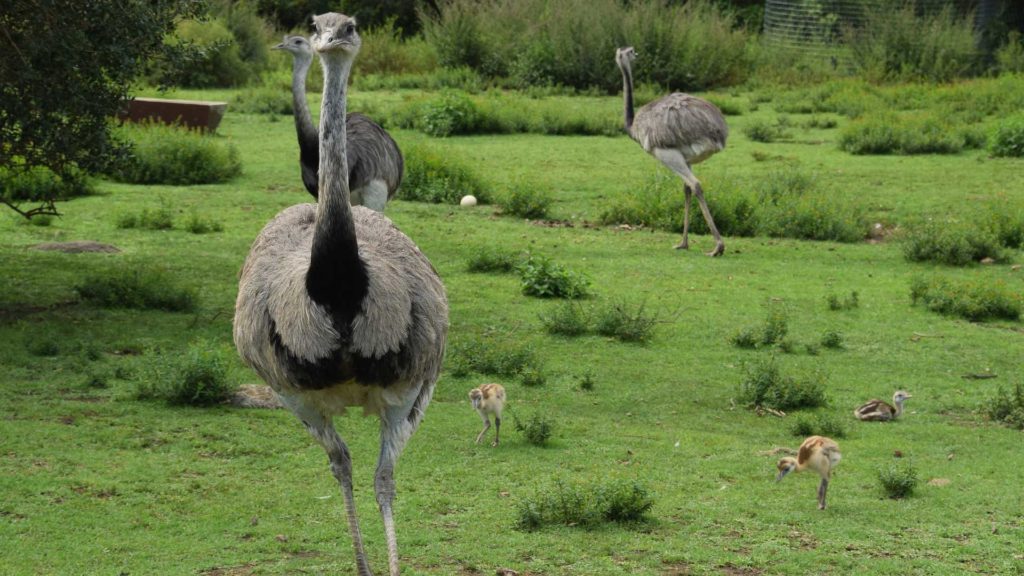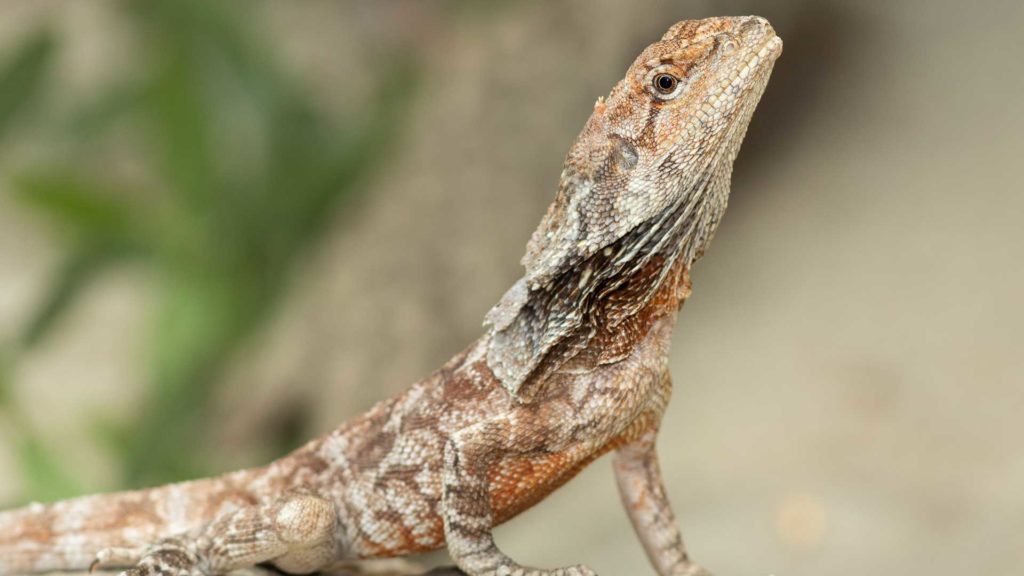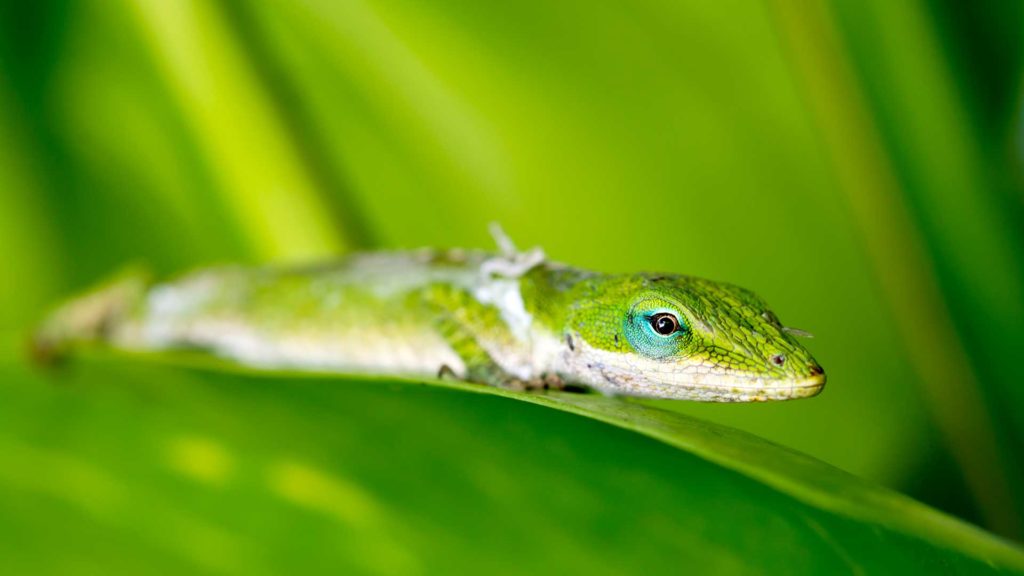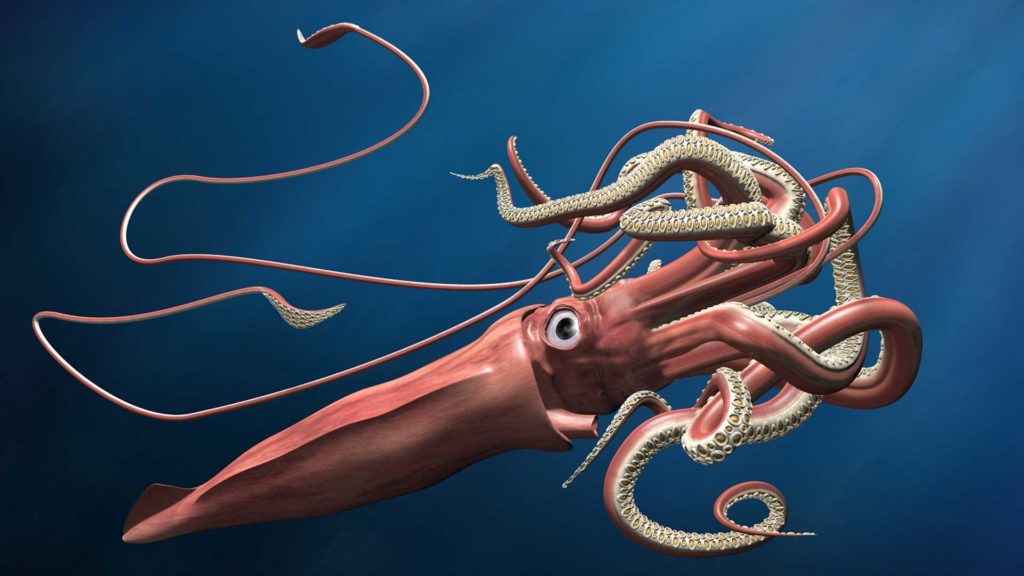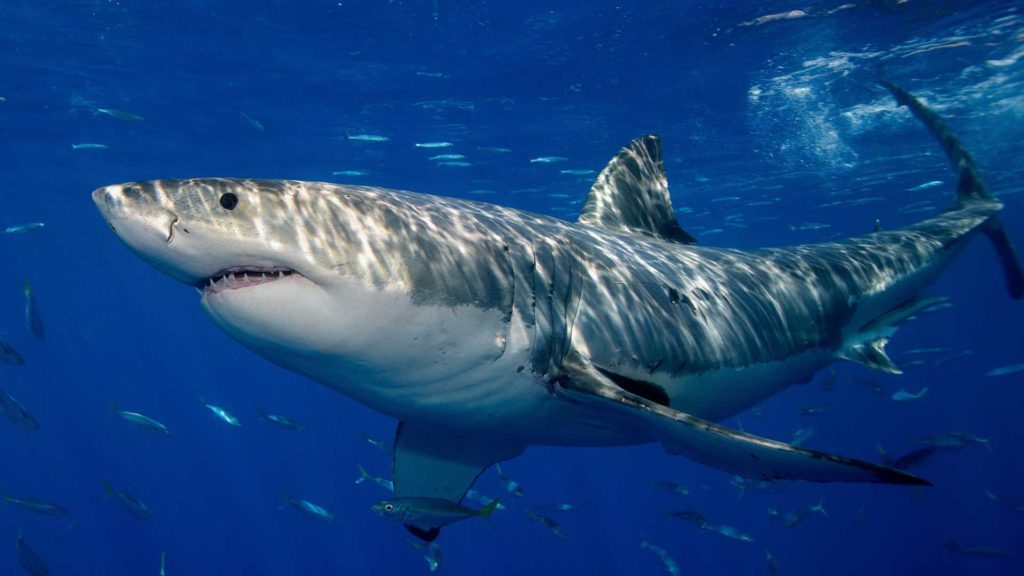Australia is the oldest, driest, and flattest inhabited continent on the planet and it has the least fertile soil. The outback, a sparse remote desert, makes up the majority of the land in Australia. The coastal areas of Australia have a wide variety of landscapes including forests, woodlands, wetlands, grasslands, and rainforests. The Great Barrier Reef, which is just off the north-east coast of Australia, is the world’s largest reef system and is home to more than 1,500 species of fish.
Common Octopus
Because octopi don't have skeletons they are able to manipulate their bodies to fit into super tight spaces. In addition to their malleability they are also able to change colors in order to camouflage with their environment. When hiding and blending in aren’t...
Dung Beetle
There are three categories of dung beetle based on how they use dung. Tunnelers bury their dung, dwellers live in piles of it, and rollers roll it into big balls. Sometimes after a beetle rolls a ball of dung, other beetles will try to steal it from...
Frilled Neck Lizard
The Frilled Neck Lizard, also known as the Frilled Dragon, gets its name from the ruff of skin it keeps folded behind its neck. When frightened the Frilled Neck Lizard stands on its hind legs and opens up its colorful frills to intimidate the potential threat. It’s...
Giant Squid
At 10 inches (25cm) in diameter, giant squids have the second largest eyes out of any animal. Their huge eyes help them see deep underwater where it would be too dark for most animals to see anything at all. Because they live so deep undersea, scientists know very...
Great White Shark
Great white sharks rely on stealth when they hunt. When they choose a target to be their prey they position themselves underneath it so they can swim straight up and burst out of the water to catch it. Great white sharks have an excellent sense of smell and can...
Animal Types
Amphibians
Birds

Fish
Invertebrates
Mammals
